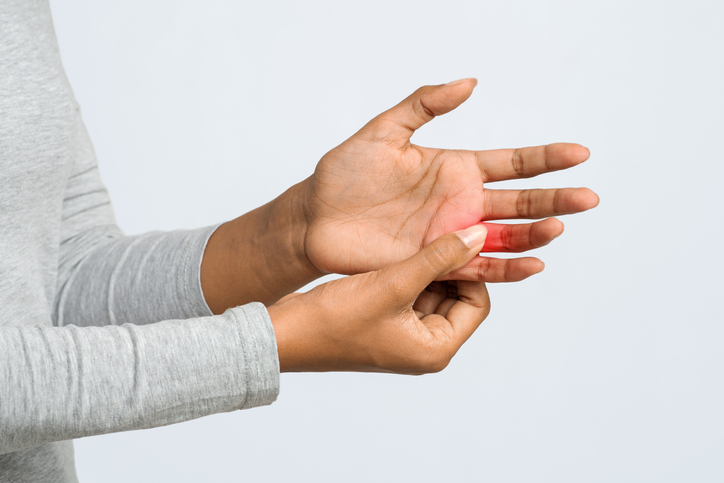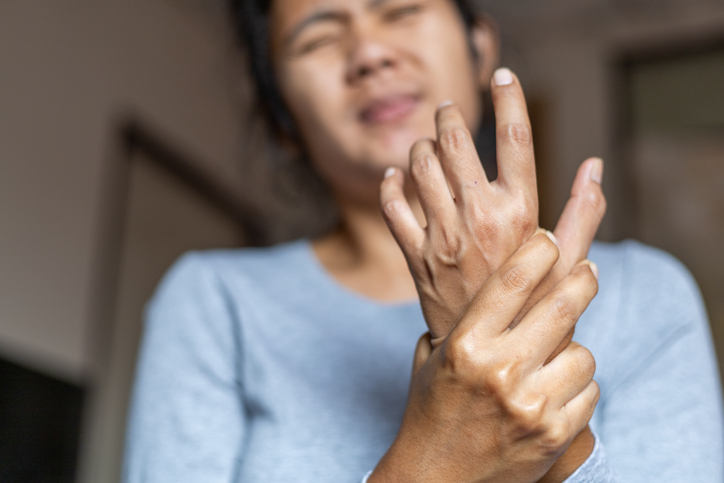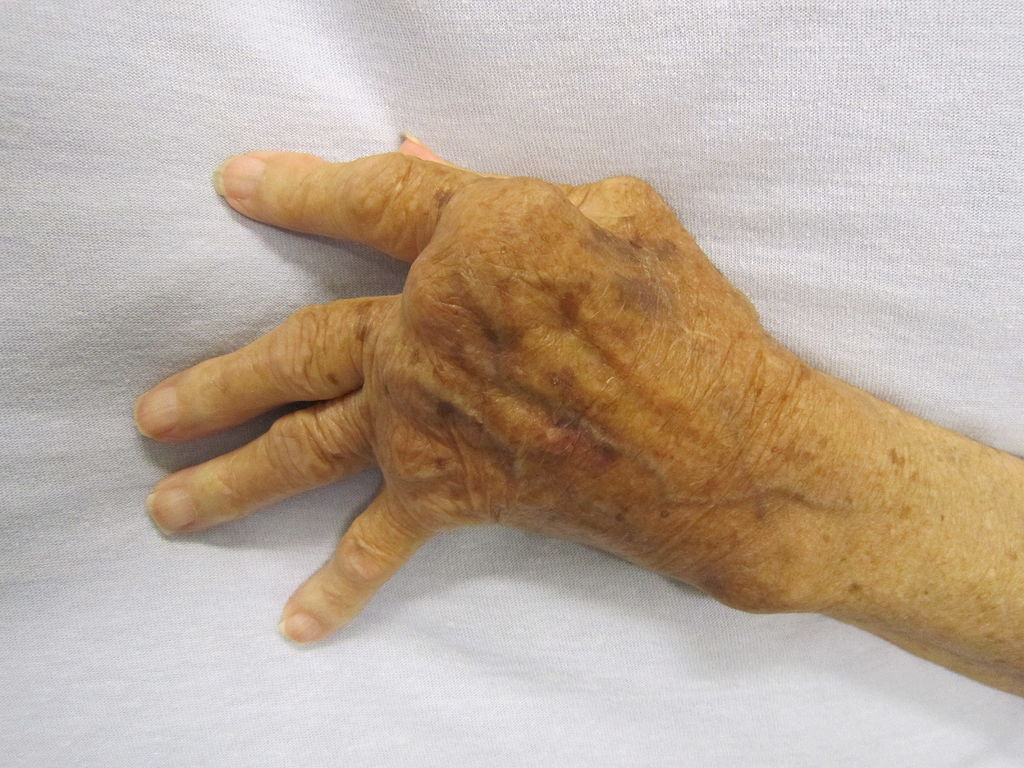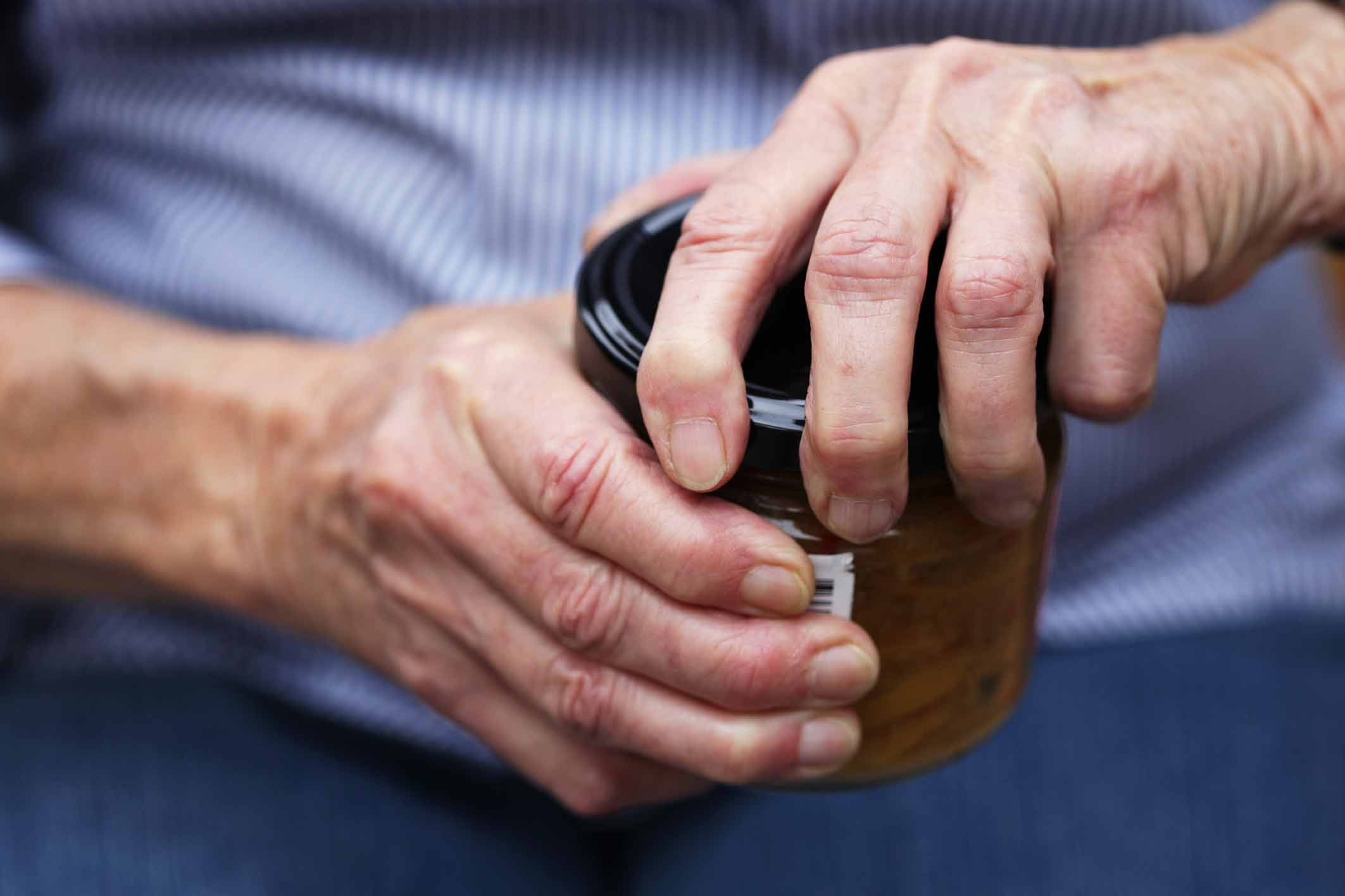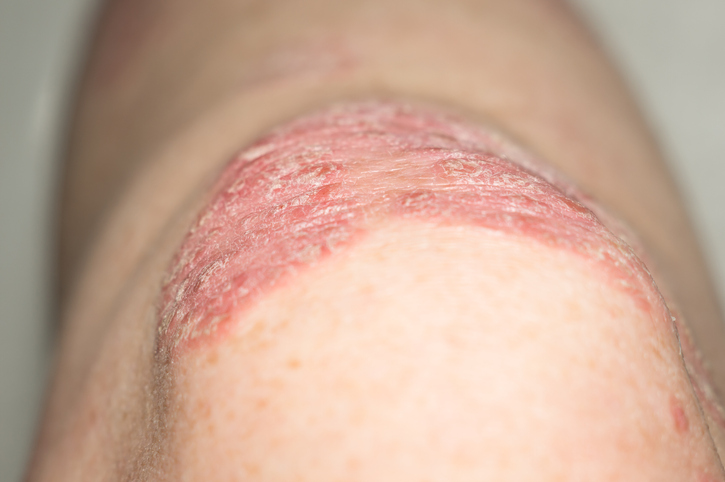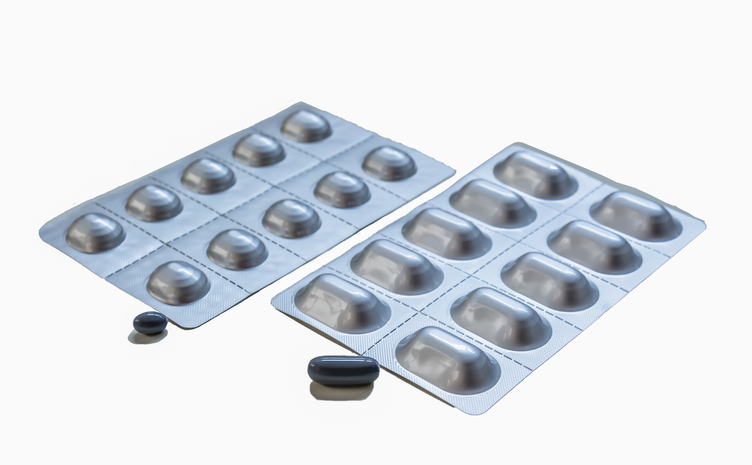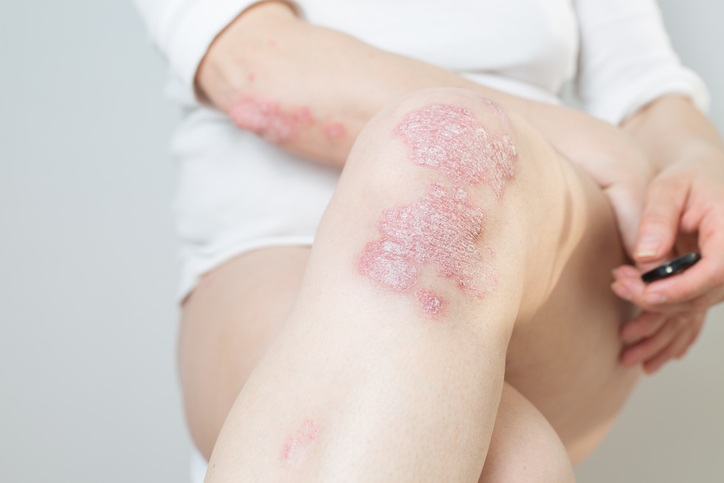Pain
What Is Palindromic Rheumatism?
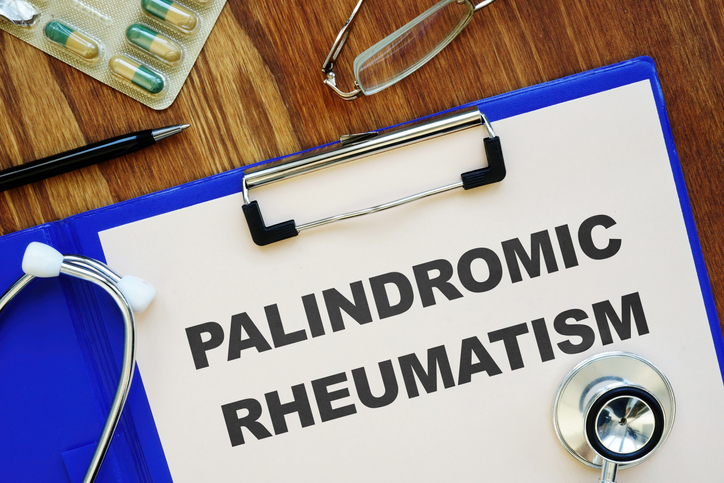
Palindromic rheumatism (PR) is a type of inflammatory arthritis. Unlike most types of arthritis, symptoms of PR appear during recurring attacks and cease between attacks, without causing any permanent joint damage. Between one-third and one-half of individuals with PR eventually develop rheumatoid arthritis, a condition that does cause joint damage.
What are the symptoms of palindromic rheumatism?
Symptoms of palindromic rheumatism include recurring attacks of joint swelling, pain and stiffness. These attacks suddenly develop and can last from a few hours to a few days. Symptoms can occur in one joint or multiple joints. PR most commonly affects the joints in the fingers, wrists or knees. Between attacks, the joints return to normal. Days or months may pass between attacks.
What causes palindromic rheumatism?
The cause of palindromic rheumatism is unknown. Some research shows an association between allergic reactions in the skin and developing PR, but further research is needed to determine if allergic reactions are a direct cause.
What are the risk factors of developing palindromic rheumatism?
PR equally affects men and women. It typically develops between the ages of 20 and 50.
How is palindromic rheumatism diagnosed?
A specific test is not available to diagnose palindromic rheumatism. Diagnosis is typically based on a thorough medical history, physical exam, and diagnostic tests to eliminate the possibility of other health conditions, such as rheumatoid arthritis.
How is palindromic rheumatism treated?
Palindromic rheumatism is often treated with medications and lifestyle adjustments.
Medications
- Nonsteroidal anti-inflammatory drugs (NSAIDs) can reduce swelling and pain.
- Disease-modifying antirheumatic drugs (DMARDs) can help control attacks and may prevent progression from PR to rheumatoid arthritis.
Lifestyle adjustments
- Balancing activity with rest
- Eating a well-balanced diet
- Following a prescribed treatment plan
Diagnosis and treatment of palindromic rheumatism is important in order to manage symptoms and prevent complications.
